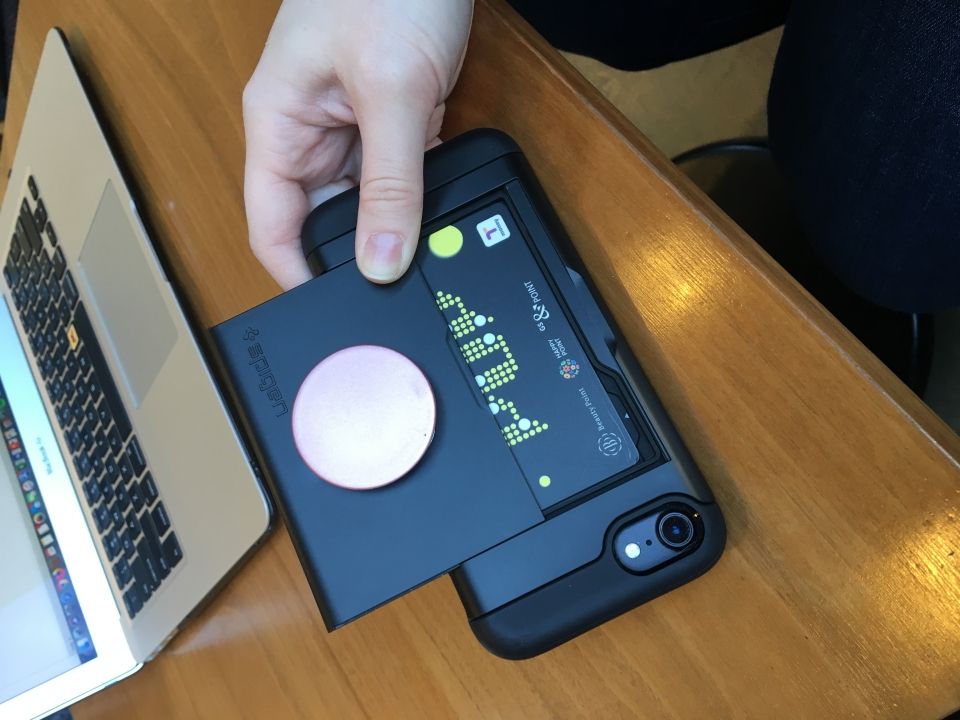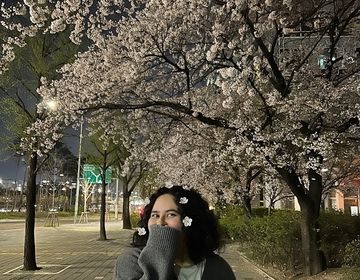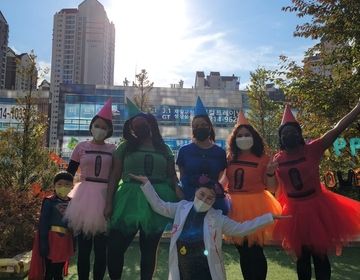How to Navigate the South Korean Transportation System
Traveling around South Korea is not at all difficult if you know the basics! So, let's get the foundation set for you; Here is an easy-to-follow guide of all things related to the South Korean Transportation System.
Tmoney Card
I've talked about Tmoney cards before, but to review the Tmoney card is a reloadable transportation card that can be used on the subway, buses, and even taxis in South Korea. You simply scan your Tmoney card on the sensors and your card will track when you got on the metro and when you get off as well as any transfers. It is an easy way to quickly use the transportation system and requires only for you to have your card on hand! I keep my Tmoney card in my phone case, and can just set my phone on the sensor before heading onto the metro!

Buying a Tmoney Card
There are multiple places to buy Tmoney cards, including the subway stations, convenience stores, and even at some shopping outlets. Simply ask for a Tmoney card, tell them to load a certain amount onto the card, and pay! I recommend loading smaller increments onto the card and simply reloading when necessary. If you are a visitor, you can have any leftover money reimbursed before you leave, but it is easier to reimburse smaller amounts of leftover credit so start with 10000 or 150000 won and you can always add to the card later.
Reloading a Tmoney Card
Reloading a Tmoney card is super simple! You can reload at a service desk or at convenience stores if you realize you need more credit and happen to see one nearby. However, you can also do it yourself! Simply find a reloading station in the subway and follow the onscreen instructions! Again, I recommend reloading your card in smaller increments.
Using a Tmoney Card
Using your card to travel is simple and fast! Let's break it down by type of transportation.
Taxi
I have never paid for a taxi with Tmoney, but it is simple enough to do. Please note that before you try to pay for your fare with your Tmoney card you must make sure you have enough credit on the card. If so, simply inform the driver you wish to use your transportation card, scan the card on the sensor, and the price of your fare will be deducted from your card balance.
Bus
When taking the bus, simply scan your Tmoney card on the sensor in the front of the bus and wait for a beep. The screen will show you the amount charged on the top and your remaining balance on the bottom of the screen. When you exit the bus, scan your card again at the rear doors. If you forget to scan on your way off the bus the transfer discount will not be applied.
Subway
When you enter the subway you are required to scan your Tmoney card before proceeding through the turnstile. Just like the bus, the screen will show the amount charged on top and the remaining balance on the bottom. In order to leave the subway terminal, you will be prompted to again scan your card at the turnstile. The screen will show the same information, but in the event that you are simply transferring, the amount charged may read 0.
Now that we've discussed the Tmoney card, let's talk a bit about how the metro systems operate.
Taxis
Initially, I was a little afraid that it would be hard to catch cabs in South Korea. However, I have had very few problems with hailing a taxi and once you get the hang of it taxis are a relatively cheap way to travel! You can hail a cab from anywhere by simply shooting your hand up in the air. However, it is often easiest to find a taxi if you stand near tourist attractions, subway terminals, and bus stops. You can also look for taxi pick-up spots, often denoted with a taxi sign.
If you are hailing a cab and are worried about the language barrier, either write down your location in Hanguel, carry your hotel card with you, or download a translation app! However, many taxi drivers speak at least some English and I have not had problems communicating my destination.
You should also note that some taxi drivers may refuse service. Sometimes they want to wait for longer fares, in which case you might be turned away. It can also happen, especially late at night or at peak times, that taxi drivers give preference to natives over foreigners. If you are having trouble, try using KakoaTaxi to order a ride, or ask a Korean for help!
Buses
In complete honesty, I have not used the buses here. I regularly use the subway, and because I don't mind a little extra walking, I have never tried the buses! So I won't pretend to have much advice here, but there are many wonderful resources that can help you navigate the buses, which can be found here, here, and here.
Subway
As I mentioned, I use the subway regularly and find it to be user-friendly. Simply use KakaoMetro to find your destination, and follow the directions! One important note I will make is that when you are looking for the correct line you need to check that you go the correct direction! Before you go through the turnstile, find a line map (which are often on pillars) that show you a list of stops on the line. So let's say you are taking line 8, pink. You will find on the pillar that there are two pink lines with arrows pointing in two directions toward two separate platforms. Look at KakaoMap and see what stop you will be exiting on (if you are going a long distance I instead recommend that you look at the stop directly following where you are getting on the subway). Once you know the station name, look up at the pillar and see which platform has that stop! This way you won't accidentally get on line 8 going the opposite direction!
Transfers are also relatively easy. When you exit your train, look for signs pointing in the direction of the next subway line you need. Most, if not all, signs in the subway have English, so it is not difficult to navigate the terminals. Once you find the transfer line sign, continue to follow the signs until you reach your platform.
Related Posts

A Comprehensive Budgeting Guide for English Teachers in South Korea
A Comprehensive Budgeting Guide for English Teachers in South Korea Teaching English in South Korea has become an increasingly popular option for young people looking to travel and get some... keep reading

Professionalism in South Korea as a Native English Teacher
As a native English teacher in South Korea, understanding Korean culture and professionalism is crucial for both personal success and the broader impact you can have on your students. South... keep reading

How to Go to the Doctor in South Korea as an English Teacher: A Guide to Healthcare and Health Insurance
As an English teacher in South Korea, maintaining good health is essential while living abroad. Navigating the healthcare system can seem daunting and stressful at first, especially if you can’t... keep reading
